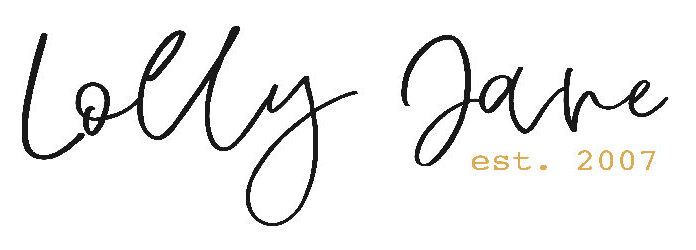easy fall tablescape ideas
Today is a fun post, packed with an easy gold dipped glitter feather tutorial plus a gorgeous fall tablescapes hop! We love blog hops because you can move around several amazing blogs to find what best suits your style. We’re all about gold & glitter this fall season but if that’s not your thing, hop on over to our pals amazing layouts too!
Here are 25+ place settings and fall tablescapes to get you ready for your Thanksgiving guests. Click each link to visit their site.
Live Laugh Rowe |My Fabuless Life | Eighteen25 | Homey Oh My | Thistlewood Farms | Persia Lou | A Night Owl Blog | Love Grows Wild | Anderson & Grant | The Crafted Sparrow | The Golden Sycamore | City Farmhouse | Ella Claire Inspired | At The Picket Fence | Brepurposed | Julie Blanner | Primitive & Proper | Design Dining & Diapers | The 36th Avenue | Unskinny Boppy | Blooming Homestead | Shabby Creek Cottage | Delineate Your Dwelling | Clean & Scentsible
Wide shot of the room…hello, deer!
We styled this same room for Home Depot a couple weeks ago with a Christmas theme. We love the gold ornaments as is and since they’re a warm tone, figured we’d leave them up for fall too. We added the feathers to make it more Thanksgiving related versus Christmas.
Don’t you love the faux birch wood succulents? They’re tin cans wrapped in scrapbook paper. We have a full tutorial of that on a guest site so look for it on our site soon.
The gold glittered pots have their own tutorial, click on over. Here is what we originally made:
We swapped the succulents, added styrofoam and shoved these pretty battery operated candles in them and topped them with moss. Easy way to give your table scape some height.
Here’s the full table set up, we love a long centerpiece!
We borrowed the cute moose from our man cave makeover, he’s so fun paired with this HELLO we scored at Hobby Lobby.
The branch is from the yard after a wind storm. We hung it with eye hooks since it’s really light and lit it up with these cute wrapped lights.
Here’s a funny story…if you follow us on Instagram, you’ll recognize this barn wood wedding sign we shared last weekend. Kelli’s next door neighbor brought it over for us to make a parking sign for his reception. Since she had time, we borrowed it to style for her dining room tablescape. It’s pretty cute as a barn wood table runner, right? (;
Don’t our birch wood tin can planters look cute on a place setting? Stick a name card on there for your Thanksgiving dinner.
Check out our gold dipped glitter feathers tutorial so your friends can make them too! One can never have too much glitter (;
Visit all of our fall/autumn ideas like these 6 tips to host a simple Thanksgiving dinner,
and these amazing pumpkin brownies.

























I love your style and that you decorate with a sense of humor! And I really love your “life the way it is” photos at the end of this post! Thanks for being normal!! Must get your book!
This is so beautiful and unique! I don’t think I’ve seen ornaments used for Thanksgiving before- genius!
This tablescape is so adorable! I love the gold mixed with rustic touches…and the branch with the hanging ornaments is so pretty – it is perfect for fall but could so easily transition to Christmas!!
Love how real the birch bark looks on the tin cans! Great tablescape.
I love the gold glitter feathers … and the birch cans … and those cute little pom-pons! It’s all so cute!
Why thank you Cassie! The moose is a bit Christmas-y but it works since it’s gold, right?! 😉
Thanks Marie! We’re new to the trend but are LOVING it! 🙂
holy CUTE!!!! Love it!
You had me at gold dipped! So pretty.
this is stunning and fun! i love gold- the golden glitter moose, and the feathers are gorgeous!
I think we’re going to be seeing a lot of gold this season, we’re still new to this sheen so thank you for the nice comment! 🙂
This is beautiful! Love the neutral colors and the touches of gold!
So much glittery goodness, oh I’m in love! And the branch with the hanging bulbs and feathers is amazing!!
You ladies are so incredibly talented!! Love all you perfect touches — the birch accents and wrapped cans? SWOON! I have a slight addiction to birch. Thanks so much for joining in on the blog hop fun! Hugs.
I love all the gold and white! Those glitter-dipped feathers are gorgeous, and I love the rustic/glam vibe! Thanks for the inspiration! 🙂
Ahhh! I’m so in love with this room and everything on this table! I think I need to go find a branch to put above mine now!!
LOVE this!!!!! What a clever idea. I love the combination of glitter with the salvaged wood!
Have a great day rock star!
karianne
I love the hanging glitter dipped feather! Beautiful touch.